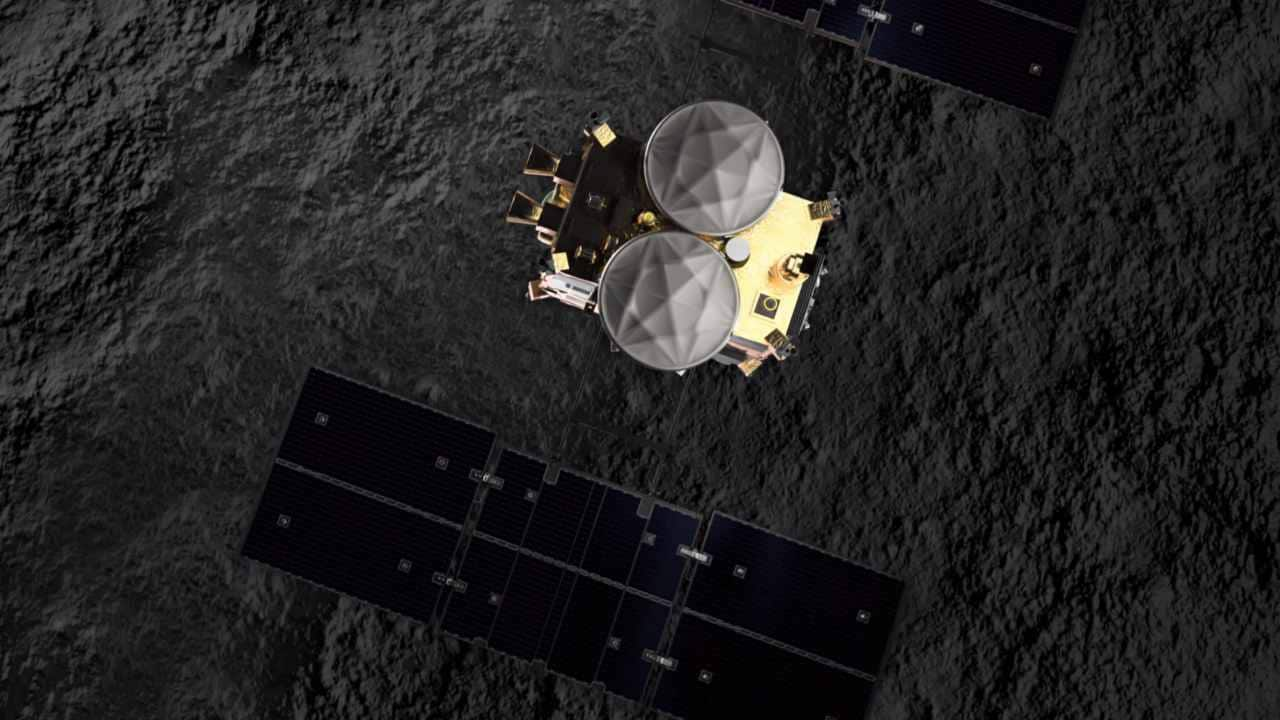FP TrendingNov 30, 2020 15:09:21 IST
Japan Aerospace Exploration Agency or JAXA’s Hayabusa 2 spacecraft is all set to land on Earth within a few days. The craft is bringing soil samples from an asteroid called Ryugu and is expected to land in a remote location in Australia by 5 December.
According to the official Twitter account of the spacecraft, the capsule separation of Hayabusa will be taking place from 2.00 pm – 3.00 pm IST on 5 December. Within 3.00 pm to 5.00 pm IST on the same day, the orbit will be changed for spacecraft departure. Finally by 3.00 am IST on 6 December, the capsule will be landing. In the Indian Standard Time, the landing is scheduled to take place at around 11.30 pm on 5 December. The capsule will make its landing on the Australian Woomera Prohibited Area (WPA).

Hayabusa-2 attempting to touchdown on Ryugu. Image credit: DLR
https://twitter.com/haya2e_jaxa/status/1331073517538820098?s=20
It was on 25 November that the Japanese space agency received all the requisite permissions from the Commonwealth Return Safety Officer (CRSO) to transition Hayabusa 2 onto a re-entry trajectory.
https://twitter.com/haya2e_jaxa/status/1331597709032050691?s=20
The CMRO gave the green signal after securing that there were no issues with the “navigation, guidance, plan, spacecraft or ground systems”.
The next day, the TCM-3 or the third trajectory correction manoeuvre operation was rolled out. The thruster injection for fine-tuning adjustment was performed, speed and trajectory were adjusted and confirmed.
https://twitter.com/haya2e_jaxa/status/1331798101422575616?s=20
Finally, the space agency successfully completed the manoeuvre. Reporting the condition of the spacecraft to be “normal”, the tweet said that the “orbit will be decided in the future, and the re-entry time is planned to be calculated around November 30”.
https://twitter.com/haya2e_jaxa/status/1331915531566256130?s=20
By studying the soil samples sent by the shoebox-sized probe, JAXA scientists aim to study the formation of organic material in the ancient time. Researchers look forward to knowing how the planets were created by studying primitive small bodies like Ryugu.
Post a Comment